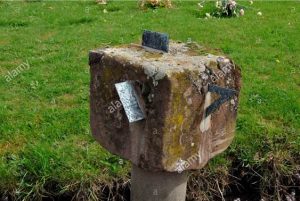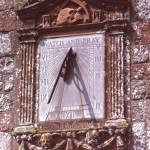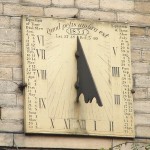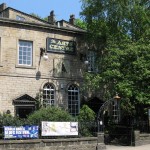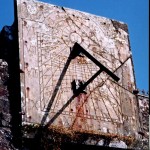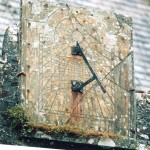We are pleased to announce that a new version of Bridol is now available on the site, adding nearly 2,000 extra dials. Full details and photographs are provided for the majority of dials although, as before, private dials are excluded and particularly vulnerable ones have their location withheld. Those marked as ‘Access: Restricted’ may be open only at certain times and may require an entrance fee. Those marked ‘Access: Visible’ can be easily seen from a public place, but may not be viewable close up.
Bridol can be found in the menus under Sundials/British Dials/List or /Map: the list view allows various ways of filtering the dials: by location (place name or postcode), type, condition, county or date. Alternatively you can enter any text you are interested in into the search box.
If you prefer to have the dials on your own computer or tablet, the same set, in a slightly different format, is available as a pdf on DVD or USB Memory Stick. Ask for ‘The Sundial Register’ from Elspeth Hill at sales@sundialsoc.org.uk. The cost is £15 plus postage.
